10 of Japan's Oldest Confection Shops
Traditional Japanese sweets, or wagashi, have a historical foundation over 1,000 years old. Their popularity has endured the tests of time for the people of Japan and tourists alike, and we can help you plan the perfect trip to satisfy your sweet tooth. Enjoy a taste of tradition and history with these long-lived Japanese sweets shops!
10. Uemura Yoshitsugu (Kyoto)
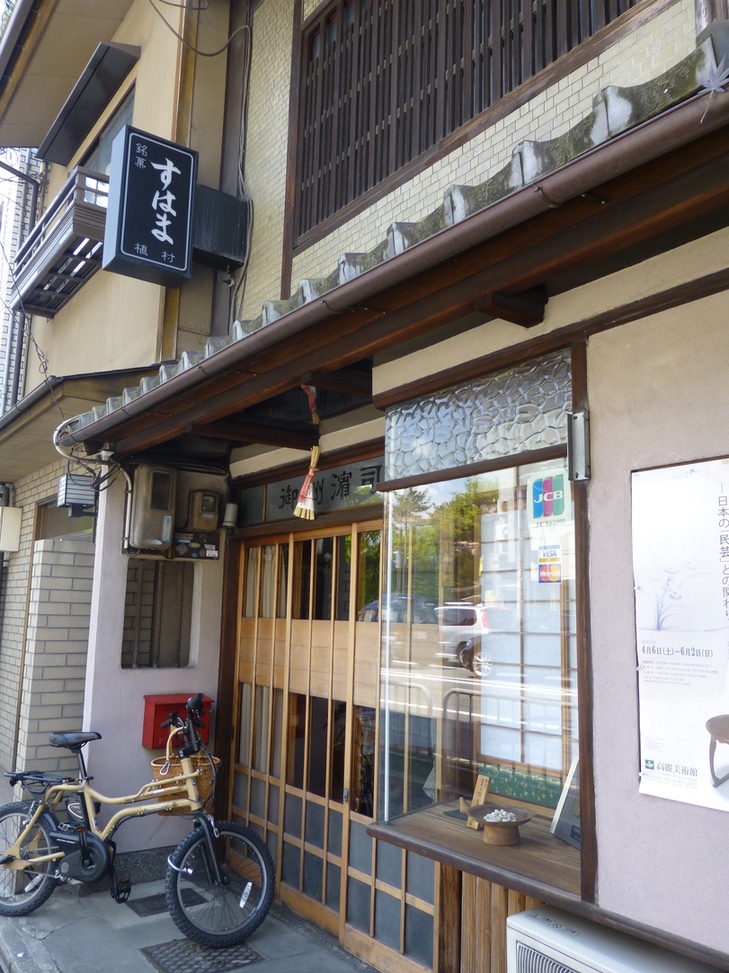
http://image1-4.tabelog.k-img.com/restaurant/images/Rvw/18591/18591714.jpg
Opened in Kyoto in 1657, this family-owned confectioner is currently on its 14th owner. The shop’s specialty is suhama, a treat made by grinding roasted soybeans that are then kneaded into uniquely shaped, brightly colored candies.
9. Kameya Iori (Kyoto)
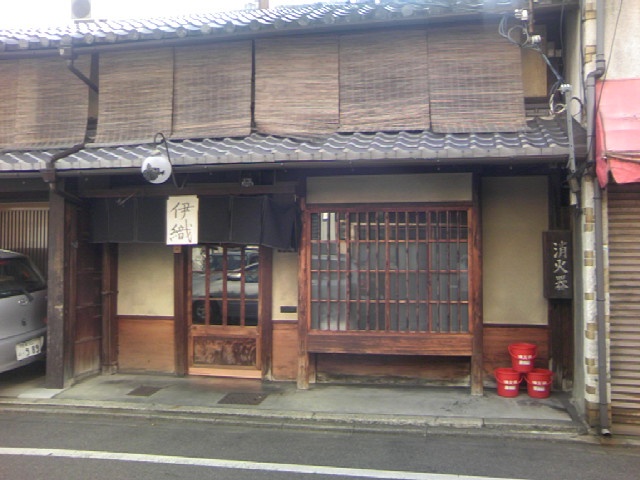
https://tabelog.ssl.k-img.com/restaurant/images/Rvw/918/918148.jpg
Another Kyoto-based confectioner, this one established in the early 1600s, Kameya Iori specializes in dry sweets served during Japanese tea ceremony. A reservation is necessary for those seeking to enjoy these treats, which are created using techniques handed down for 18 generations.
- matome.naver.jp (Japanese)
8. Toraya (Tokyo)
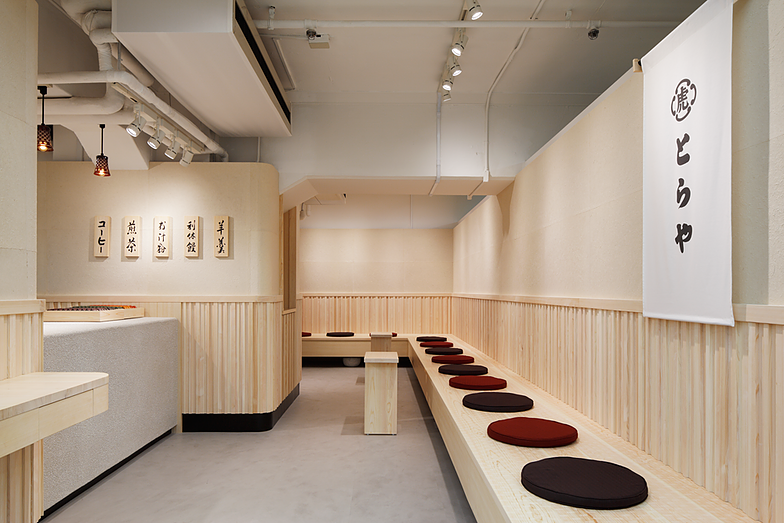
http://www.designapplet.com/
Toraya was founded late in the Muromachi Period (1336-1573), and has provided sweets to the Imperial Palace since the days of Emperor Go-Yozei, who reigned from 1586 to 1611. The flagship store is in Asakasa, but it has branches throughout Japan, and even a boutique in Paris (the main branch is under renovation until 2018, however).
7. Kawabata Doki (Kyoto)
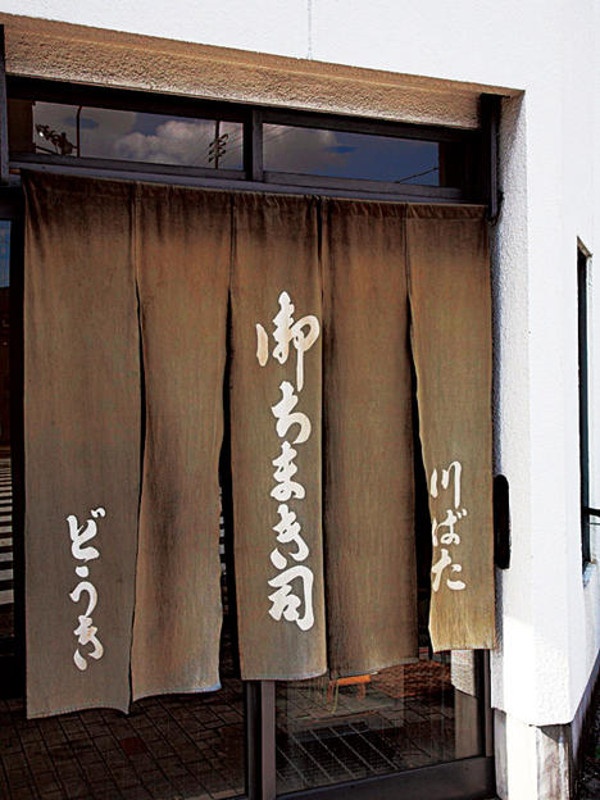
http://eng.trip.kyoto.jp/
Another historical purveyor of sweets to Japanese royalty, this Kyoto-based shop was established in 1503. Its founder studied tea ceremony under Takeno Joo, the same master who instructed Sen-no-Rikyu, the most influential master of Japanese tea ceremony.
The shop specializes in chimaki, glutinous rice (mochigome) wrapped in bamboo leaves, which are traditionally served during Children’s Day festivities.
6. Hirado Tsutaya (Nagasaki)
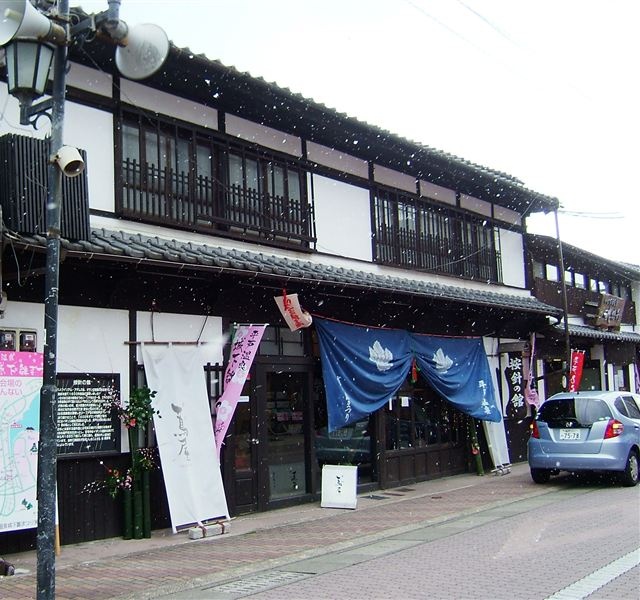
http://minkara.carview.co.jp/userid/271416/spot/566366/
Established in 1502 in Nagasaki, Hirado Tsutaya is a confectioner with a rich history of providing Japanese sweets to the head of the regional government during the Edo Period (1603-1868). The shop's signature sweet is kasudosu, a confection made by dipping castella sponge cakes in egg yolk, heating them in warm sugar syrup and sprinkling them with granulated sugar, a snack introduced by Portuguese priests.
The store is located near a stone monument marking the former residence of William Adams, the British navigator who was the inspiration for the hero in James Clavell's novel, Shogun.
5. Shiose Sohonke (Tokyo)

http://japaneta.jp/archives/665
Shiose Sohonke was originally established in Nara by a Chinese Zen monk who specialized in creating manju, or sweet bean buns. Dating back to 1349, his shop was credited by the Ashikaga Shogunate as the original creator of manju in Japan.
Although the shop moved to Tokyo in the Edo Period, it continues its proud history by selling hon manju ("original bean buns"), pictured above, along with a selection of other sweets.
- www.shiose.co.jp (Japanese)
4. Korenya Shingetsuan (Miyagi)
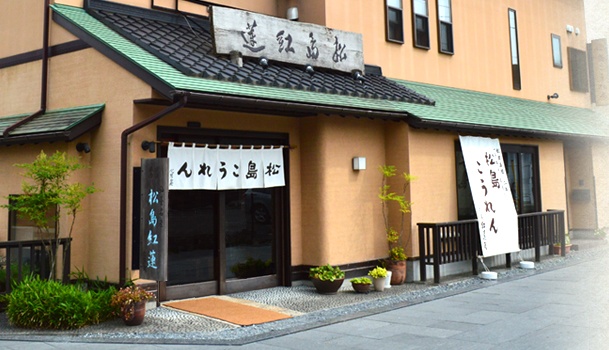
http://matsushimakouren.com/
Opened in 1327, Korenya Shingetsuan is located in the town of Matsushima in Miyagi Prefecture. The pine-covered islands of Matsushima Bay are considered one of the Three Great Views of Japan.
The shop's claim to fame is its Matsushima Koren, sweet rice crackers named after the cracker-making heroine of a tragic love story from the region. The shop is currently operated by the 23rd generation of the family, using the same recipe handed down generation to generation.
- matsushimakouren.com (Japanese)
3. Fujito Manju (Okayama)
https://ja.wikipedia.org/wiki/%E8%97%A4%E6%88%B8%E9%A5%85%E9%A0%AD
Fujito Crossing is an ancient battleground of the Genpei War (1180-1185) between the Taira and Minamoto Clans. It's said that in 1184, manju were offered as part of the memorial service for the citizens of Fujito Village who died as a result of the conflict, thus forming the origin of Fujito Manju, which were thereafter sold at Fujito Temple.
However, the story is now generally believed to be apocryphal, as manju first arrived from China at least 100 years after the Genpei War. Fujito Manju was in fact established in its current location in 1860, though it did grow out of the teahouse on the grounds of nearby Fujito Temple, where manju had long been sold, though exactly how long remains unknown. Located in Kurashiki City, Okayama, its manju now take the form of steamed buns filled with adzuki beans from Hokkaido.
- www.fujito-manjyu.co.jp (Japanese)
2. Gorobe-ame Honpo (Fukushima)
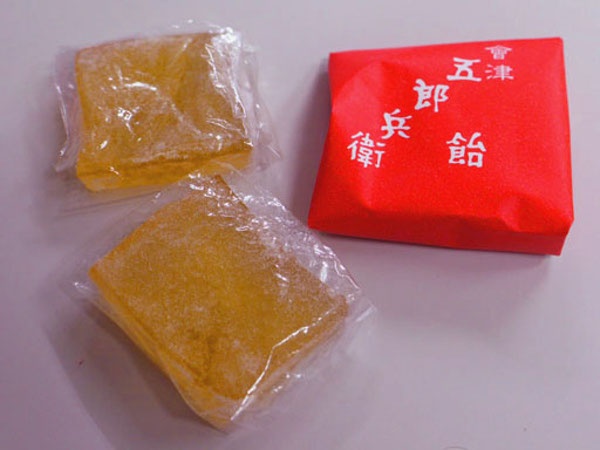
http://www2.fun.ne.jp/
Gorobe-ame Honpo is located in Aizuwakamatsu City in western Fukushima. Its signature sweets are jelly-like and made of glutinous rice. It's believed that the shop opened around the year 1180, and its treats are made using the same recipe that was enjoyed by the Minamoto Clan general, Minamoto-no-Yoshitsune, in 1189. It is presently in its 38th generation of ownership.
- tabelog.com (Japanese)
1. Ichimonjiya Wasuke (Kyoto)
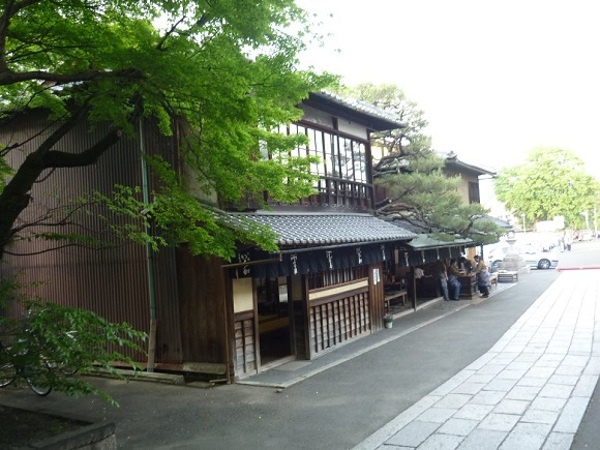
http://en.rocketnews24.com/2013/08/17/top-10-japanese-companies-over-800-years-old/
Founded in the year 1,000, Ichimonjiya Wasuke (also called Ichiwa) is Japan’s oldest confectioner. The shop is located about a kilometer (0.6 miles) northwest of Kyoto's famed Kinkaku-ji, right next to Imamiya Shrine. It specializes in aburi mochi—warm, sticky rice cakes on sticks—which are believed to ward off illness and evil.




